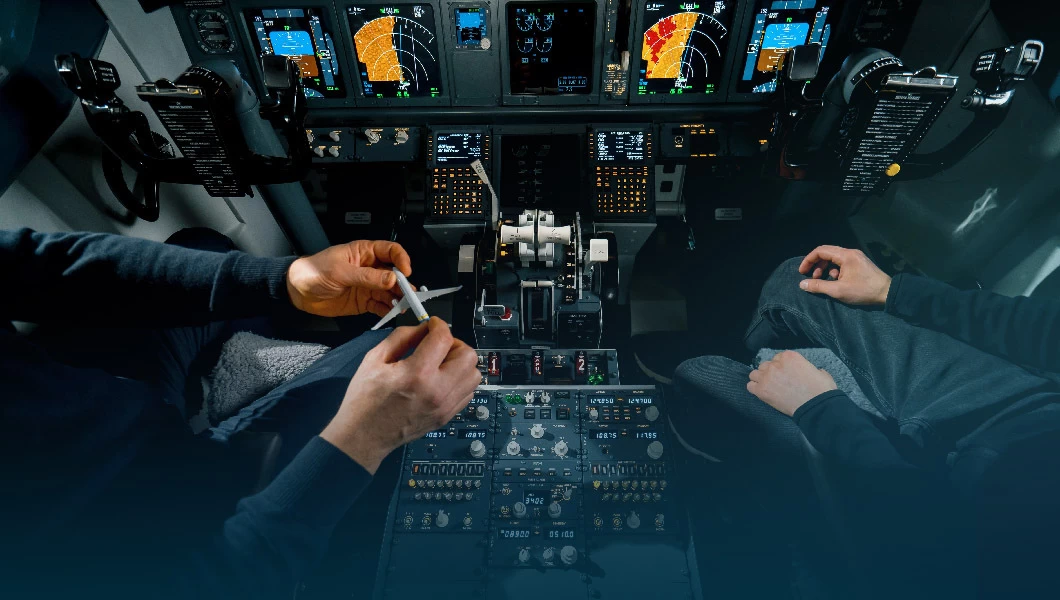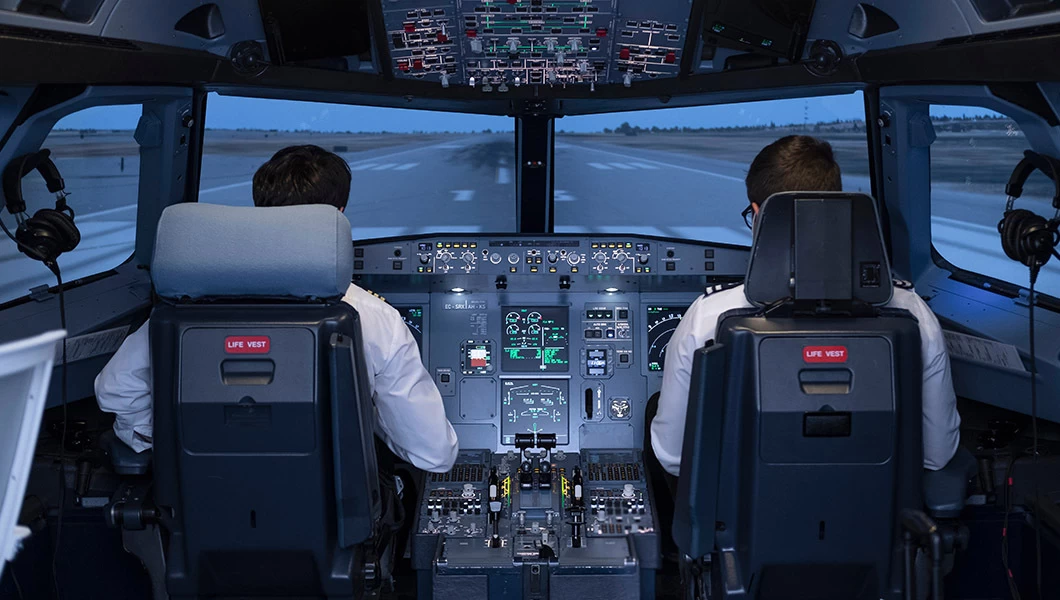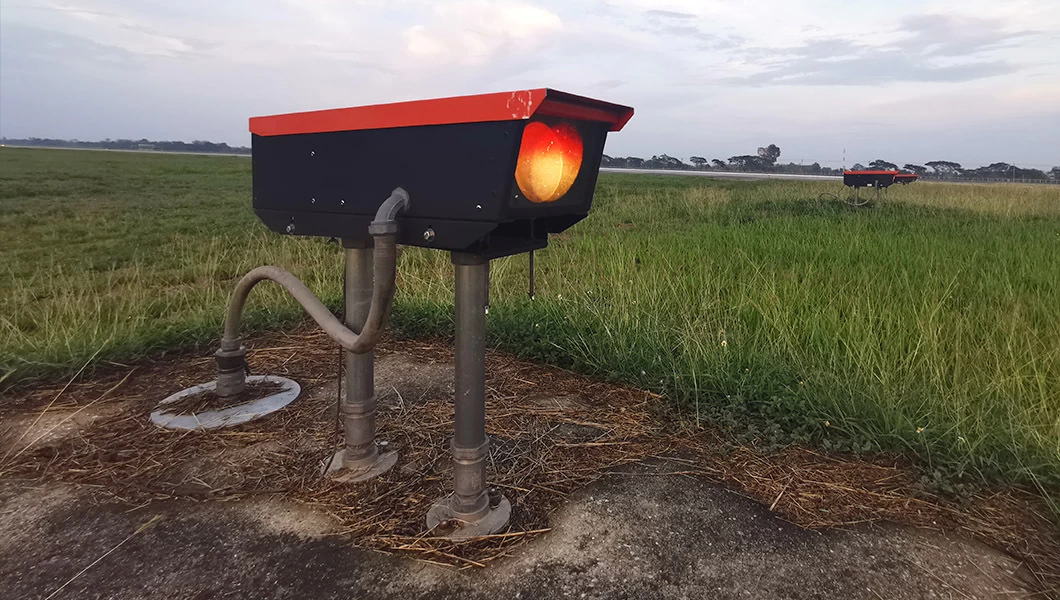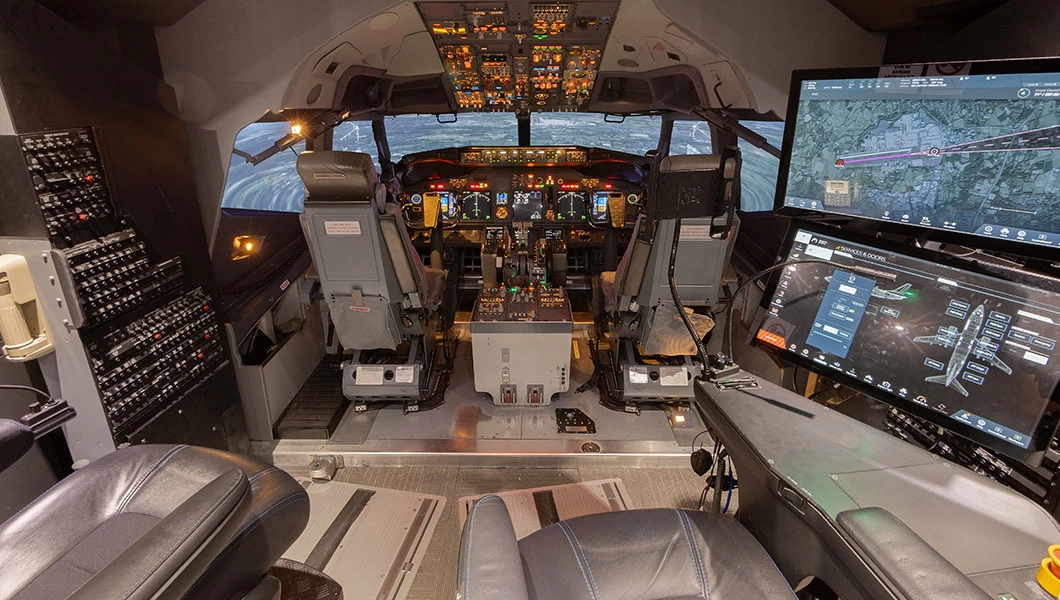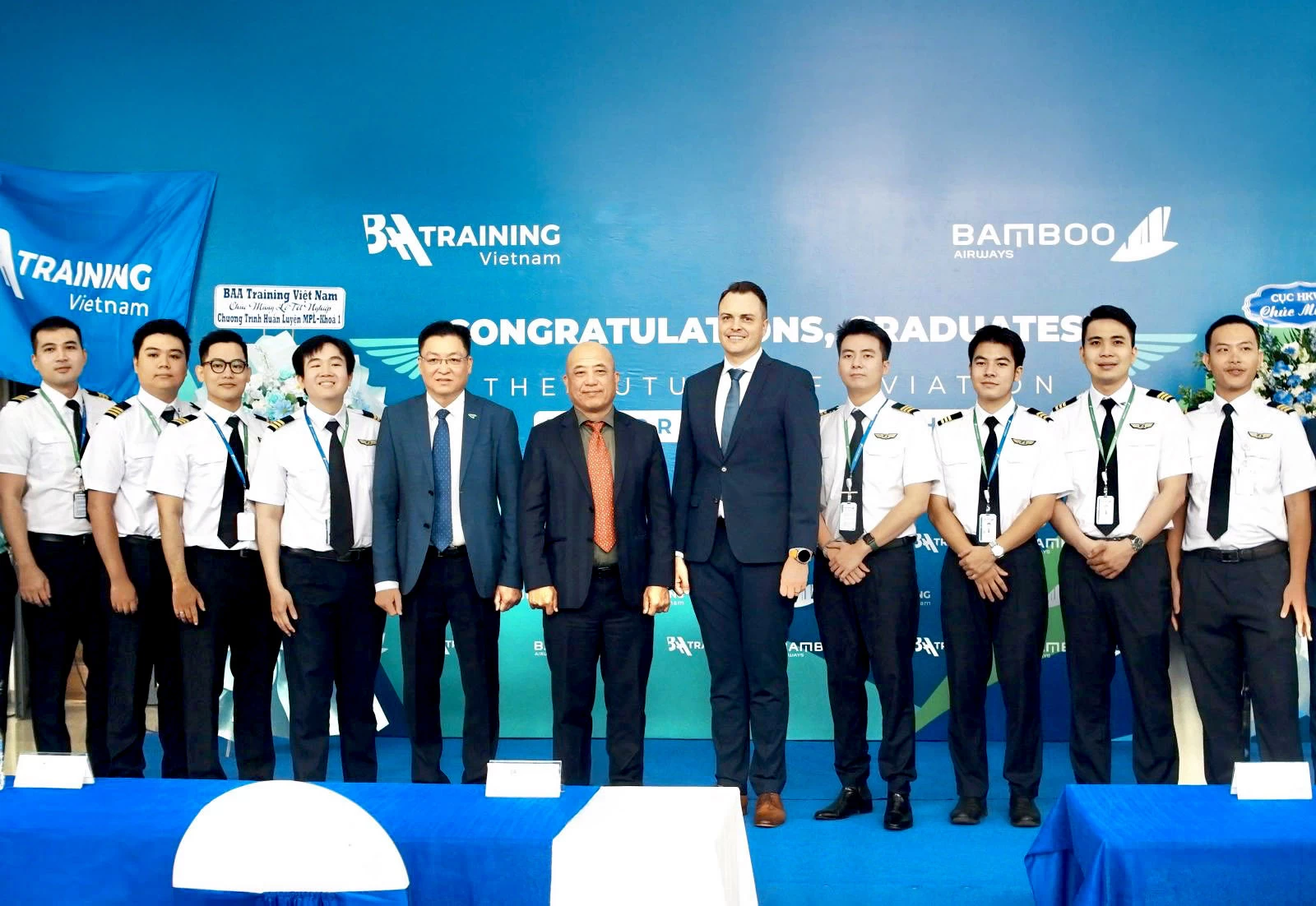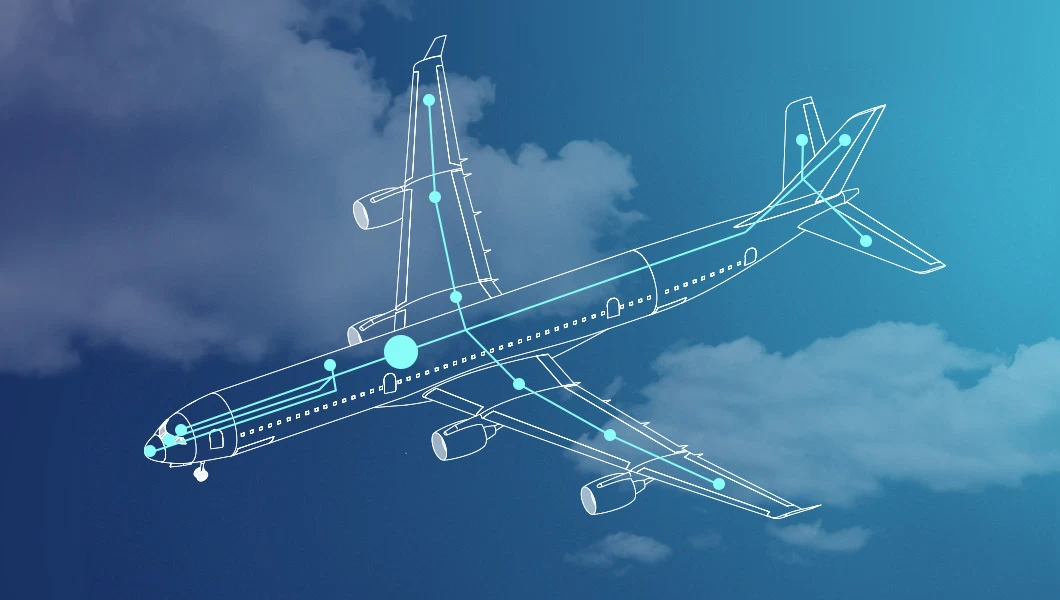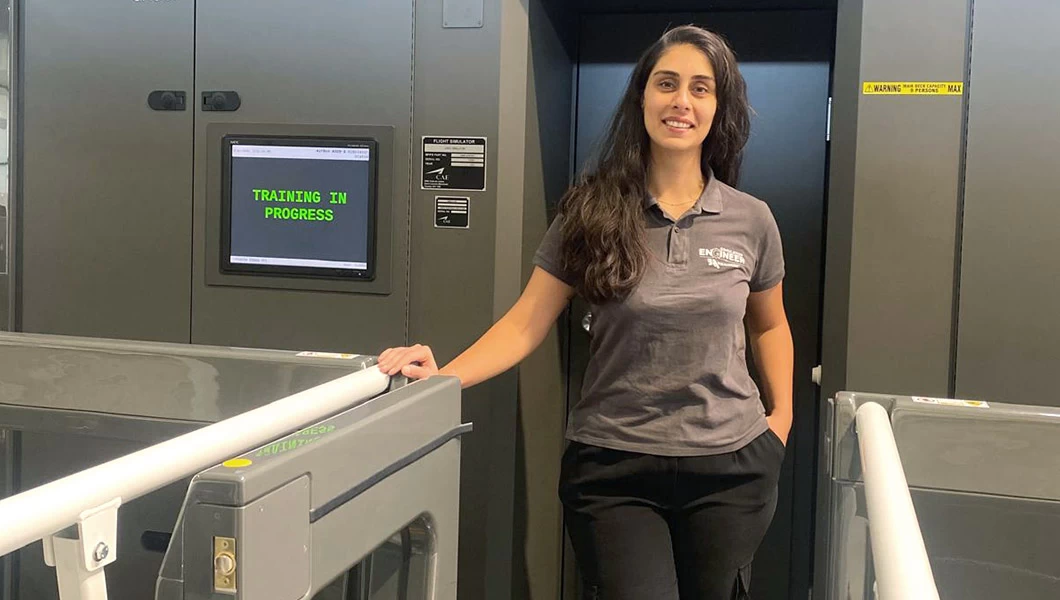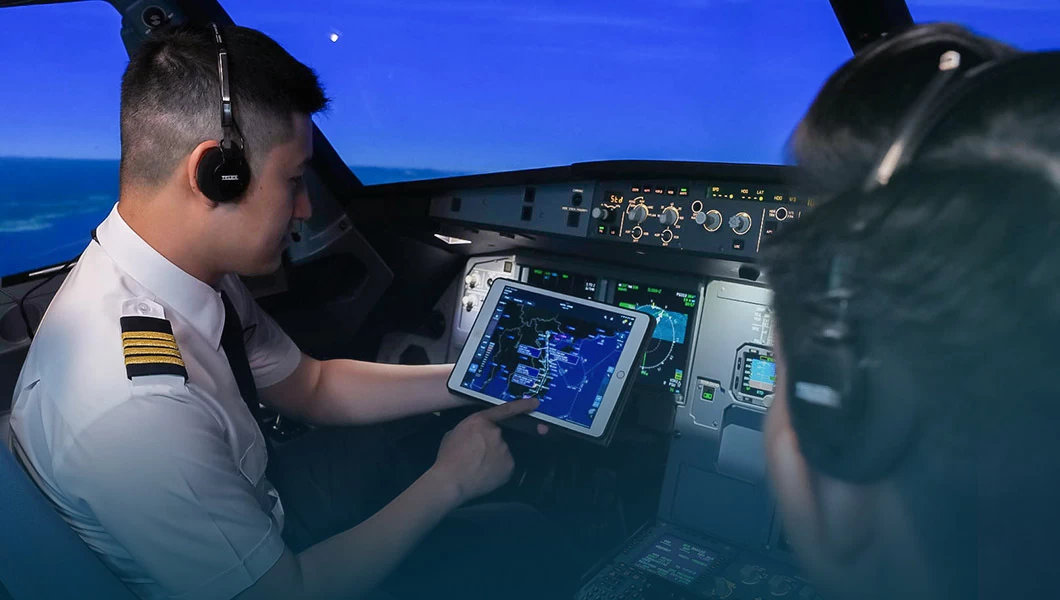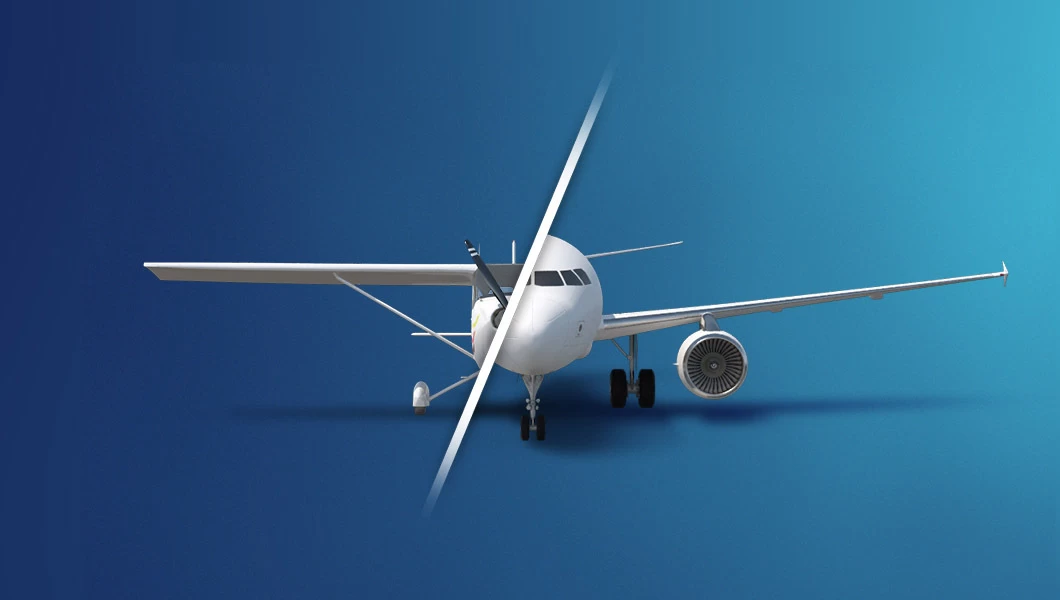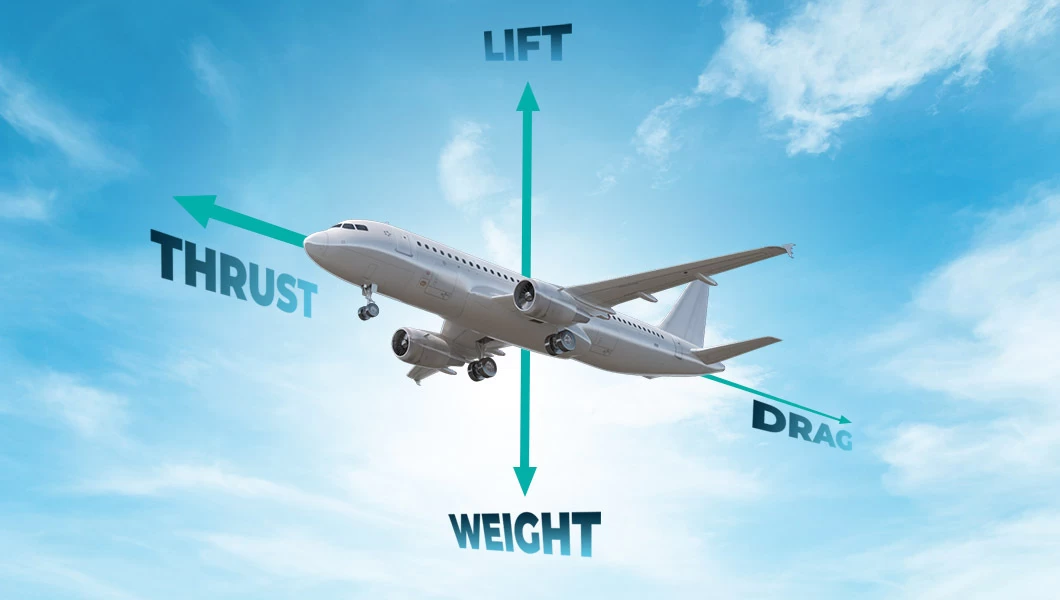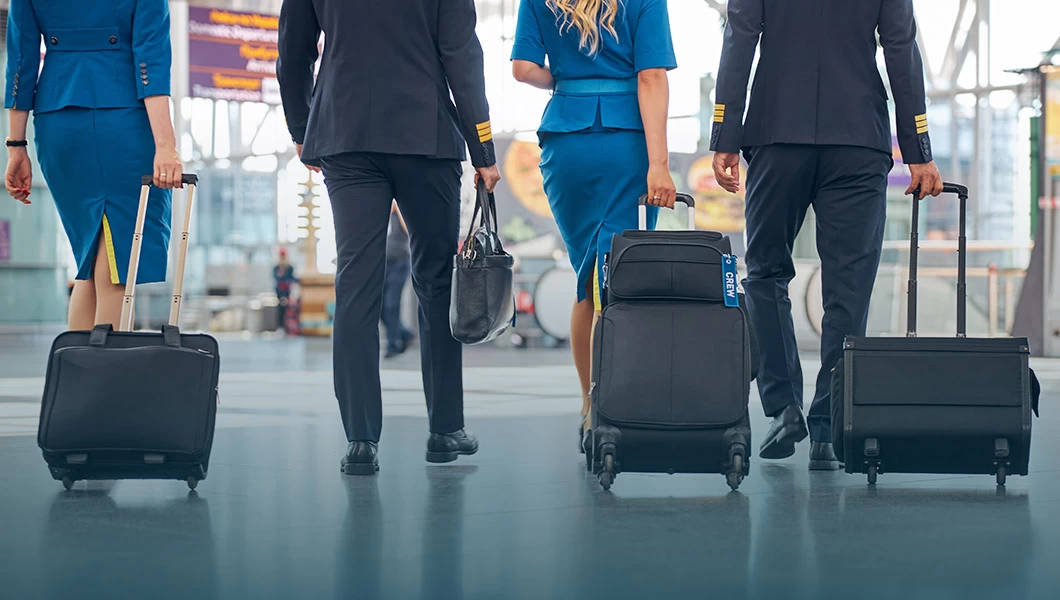Rida Rais, an A320 First Officer at Avion Express, who regularly undergoes his LPC/OPC at BAA Training, agreed to tell us about his personal “day in the life of a commercial pilot.” He has shared how his daily routine at work looks and mentioned critical insights into what it’s like to be a pilot.
Daily pilot routine
Some days for pilots are less intense, while others are more demanding. In either scenario, the sequence of events on a typical day of a pilot remains quite similar. When they are assigned a flight, they prepare a few hours before departure, travel to work, hold a briefing with other crew members, operate the flight, complete mandatory post-flight procedures, return home, potentially socialize or devote time to their hobbies, and have some proper rest again.
Now, let’s analyze each stage separately to reveal better what the job entails.

Rest
Sufficient and quality rest is very important for pilots to be mentally sharp and alert. They have to remain good decision-makers during flights to maintain the safety of passengers and crew, so sleepless nights aren’t something they can afford.
Rida comments: “After a flight, I shower, have a meal, and relax at home. Typically, I sleep an average of 8 hours, although it might be less on early morning duty days and more during my days off. I prioritize a healthy diet with balanced nutrition and plenty of vitamins. Additionally, I exercise 3 to 4 times a week, including running and other workouts, to keep myself fit.”
While maintaining a healthy lifestyle positively affects your immune system, pilots are also human, and believe it or not, they can fall sick or feel not fit to fly, just like any of us. In this case, they reach out to a crewing department, warning them about the situation. When it happens, the company activates the duty of a pilot who is on “standby” that day. It means that the “standby pilot” has to be at the airport within 60 min from the moment they have been called.
Sometimes pilots are called for a last-minute flight, for example, to ferry an airplane from one place to another, or if someone has reported sick. But generally speaking, 90% of the time, they don’t get called, at least from Rida’s experience.
Personal preparation
Taking preparation seriously is a critical component of a pilot’s responsibility, ensuring they are ready to face the challenges ahead and conduct their flight successfully.
“I usually begin preparing for the flight a few hours before departing from home. The airline equips us with an iPad, granting access to all necessary flight information. First and foremost, we download our flight plans, which are generally published 3 hours prior to departure.”
“We check details like passenger count, baggage loading, aircraft weight, and fuel required for the journey from our base to the destination. Additionally, we review the weather forecasts for departure, destination, and alternate airports, assess the aircraft’s status, and perform calculations for its takeoff and landing performance at the destination,” explains Rida Rais.
Commuting to work
Pilots are usually required to show up at the airport 70 minutes before their scheduled departure (takeoff) to meet with the crew for the pre-flight briefing. However, the reporting time might vary, slightly earlier or later, depending on the specific base and the airline the pilot operates for.
Some pilots travel to work using their personal cars, while others prefer public transportation, such as taxis, trains, or buses. Alternatively, airlines may provide transportation options or reimbursement for commuting expenses, especially if pilots need to travel long distances.
Pre-flight preparation
Once at the airport, meticulous flight preparation begins.
According to Rida, pilots meet with the crew in the briefing room, introduce themselves, and then, together with their co-pilot, thoroughly review the flight details. They study the flight plan, weather conditions, NOTAMs, flight duration, performance parameters, fuel consumption, and other crucial aspects.
Once done, pilots update the Flight Attendants, providing the correct flight information, such as the flight duration, passenger count, weather conditions, and the planned route, as well as instruct them about the behavior in normal and abnormal scenarios.
Upon reaching the aircraft, roles are assigned based on who will be flying during this particular sector (a flight route between two points). The flying pilot proceeds with pre-flight checks in the cockpit while another pilot conducts an external walk-around and records all relevant information on the company iPad.
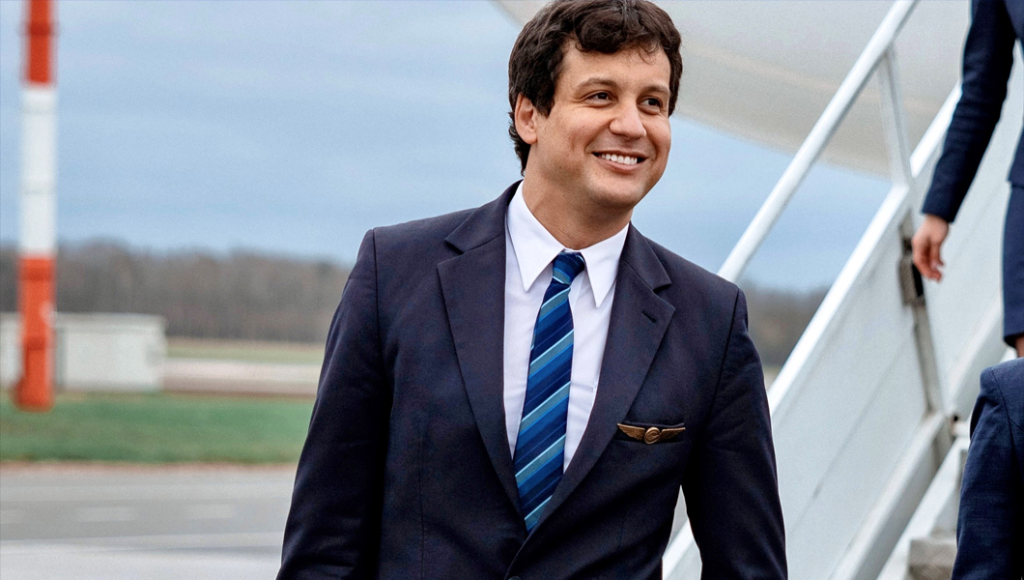
Flight
Now we’ve got to the most interesting part – the flight itself. While passengers stay connected with the cabin crew during the flight, what actually happens in the flight deck remains “behind the scenes”, so they are usually unaware of the operational techniques of the flight. We’ve asked Rida to unveil this “mystery”:
What is the most challenging part of the flight and why?
Takeoff and landing are the most challenging phases of the flight because they require a highly concentrated effort from pilots. We have to fly the plane, monitor all the engine parameters, and be ready to take action if something wrong occurs unexpectedly.
In addition to the standard challenges, factors like strong winds, short runways, or adverse weather conditions can significantly amplify the complexity of these phases. For instance, for landing, keeping the plane flying on the landing path can be challenging during a strong crosswind.
Is it always easy to understand the ATC?
The ATC (air traffic controllers) phraseology follows standardized protocols. We listen carefully to ATC transmissions and cross-check instructions. If anything is unclear, we can always double-check. ATC communication is typically well-structured, although there can be some complex moments. Nevertheless, through proper training, attentiveness, and practical communication skills, we ensure a safe and smooth interaction.
How frequently is autopilot utilized?
Autopilot is used for the major part of the flight, mainly to reduce the workload of pilots. It allows us to monitor the flight’s progress, communicate with ATC, and manage other essential tasks without compromising safety.
Similar ARTICLES
We apply the manual control only for the first 5-10 minutes and the last 5-10 minutes of the flight. In total, for a maximum of 20 minutes per flight. For the rest of the flight time, autopilot is on.
When do you typically have meals?
We typically have our meals during the cruising phase. It is the phase when the aircraft maintains a relatively steady altitude and speed, flying in a straight and level path.
It is important to note that commercial pilots eat one at a time and not simultaneously and get different types of meals. If both commercial pilots were to eat the same meal and experienced food poisoning, it could deprive them of their ability to continue carrying out their duties effectively, putting under risk the flight safety.
What is a “Captain only” operation?
A “Captain only” operation refers to a specific scenario in aviation where the Captain takes the sole responsibility for the takeoff and landing.
This practice is implemented in very low visibility (e.g., fog, or other adverse conditions). Moreover, the “Captain only” operation is triggered at “Class Charlie” or “Class C” airports. These airports have specific characteristics requiring additional precautions and unique skillset during takeoff and landing. I’ll give you some examples of such airports in Europe: Madeira Airport in Portugal, Tivat Airport in Montenegro and Skiathos Airport in Greece.
The specialized pilot training designed for “Captain only” operations consists of ground instruction, practice on a full flight simulator and line training.
Is turbulence challenging? Does it increase a pilot’s workload?
Turbulence can be challenging and is generally categorized into three levels: light, moderate, and severe. Flight crews often anticipate its occurrence using weather charts or advanced weather radar systems available in modern aircraft.
Your PILOT CAREER
starts with a first click
In cases of moderate or severe turbulence, it can impose additional workload on pilots. We might decide to deviate from the original route, adjust the flight altitude to find a smoother air layer, or reduce the speed to improve passenger comfort.
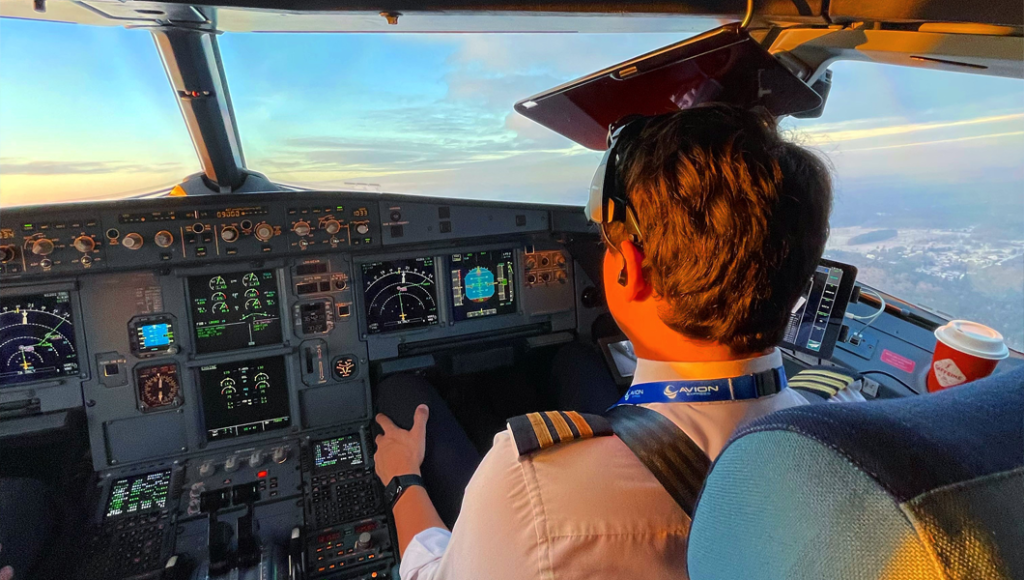
How common are bird strikes? What are the measures to mitigate them?
Bird strikes happen relatively often. To mitigate them, some airports install devices such as ultrasound systems designed to deter birds from entering the aircraft’s flight path, preventing potential damage to the engine. Additionally, pilots are advised to be cautious by reducing flight speed, particularly in areas of high bird activity.
Do pilots chat casually with each other during flights?
Non-work-related conversations are not allowed while the aircraft climbs 10,000 feet after takeoff and descends 10,000 feet prior to landing. However, during long flights or during cruise, most pilots can have a casual chat, of course.
Are you permitted to rest in the cockpit?
Pilots are allowed to take controlled rest breaks in the cockpit. The procedure involves resting for up to 40 minutes, with either pilot taking a brief break while the other pilot remains attentive, fastens their seatbelt and puts on a headset, ensuring readiness to respond if needed. A Senior Cabin Crew member has to be informed about the pilot taking a break.
What is the highest number of flight sectors you have completed in a single day?
I have completed 6 flight sectors in a single day, each consisting of a very short 40-50-minute flight. These flights are scheduled respecting the maximum duty period allowed for pilots in a day. Between each sector, there is a 30-minute turnaround time, during which we make necessary preparations for the next flight segment.
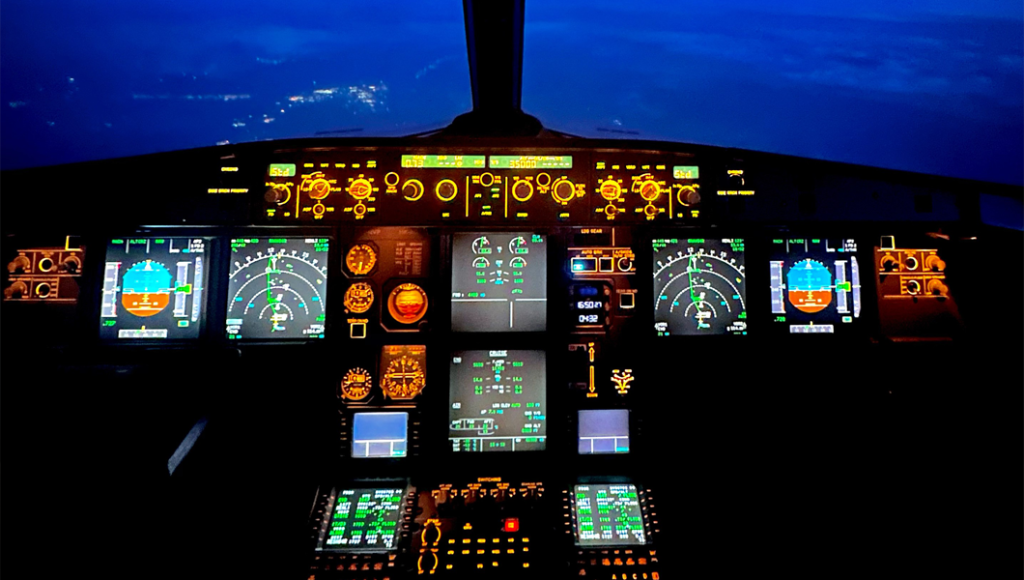
Post-flight procedures
Now that the flight has been completed, airline pilots follow mandatory post-flight procedures.
Using the company iPad, they document the post-flight information, such as remaining fuel, landing time, etc. Once they have taxied to parking, they shut down the aircraft, conduct external checks, final cabin checks, and leave. Although it sounds like a lot to do, all these tasks are well-optimized and usually take 5-10 minutes to complete.
After that, pilots have a short debriefing session with the crew and are ready to commute back home.
Commuting back home
After completing their flight duties, pilots navigate through the final phase of their work routine — commuting back home. While some pilots prefer using their own cars, evaluating the fatigue level and readiness to drive themselves is essential, especially for long haul pilots after particularly lengthy flights. If the well-being is not at its highest, it’s better to consider alternative transportation options or allow enough time for rest before taking the wheel.
Personal life and rest
Finding the right balance between a social life and the need to recharge is all about feeling healthy, fulfilled, and happy. While recovery is essential, personal life should not be overlooked, and many pilots, including Rida, are skilled multitaskers:
“During my free time, aside from making sure I get enough rest, I definitely invest time in my family life, hobbies, hanging out with friends, and pursuing other interests. Except during the high season when flight schedules get packed, leaving little room for much else beyond recovering.”
Summary
As you’ve probably already realized, pilots must stay composed and focused most of the time. They’re always ready to be called from standby immediately, manage emergency procedures during flights, handle challenging weather conditions, and much more. They take responsibility for everyone on board, something we, as passengers, value, even if we sometimes struggle to comprehend all the procedures.
Rida’s insights and experiences reflect, to a bigger or smaller extent, the experience of all pilots and a general picture of a pilot life. If what you’ve just read in this article resonates with you and you’re eager to take a pilot’s seat one day, do contact BAA Training for more information! Remember, most airlines currently need prospective pilots, so don’t delay your flying career and begin your flight training soon!

